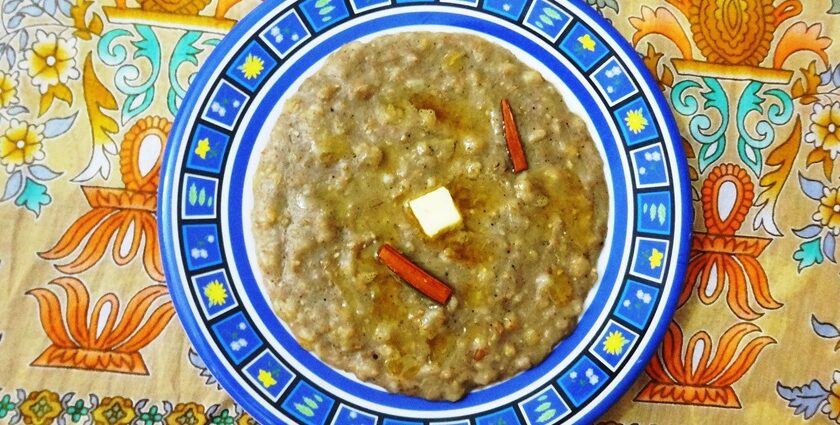Food in Saudi Arabia is a mix of rich flavours, traditional cooking methods, and unique ingredients. The country’s cuisine is deeply connected to its history and culture, with dishes influenced by Arabian, Persian and Indian flavours. From slow-cooked meats to aromatic rice dishes and crispy street food, Saudi Arabian cuisine offers a variety of tastes. Many meals are prepared using age-old techniques, giving them a distinctive flavour.
Top 10 Food In Saudi Arabia
Discover the traditional tastes of the food in Saudi Arabia with these top 10 must-try local dishes for a rich culinary delight:
1. Kabsa
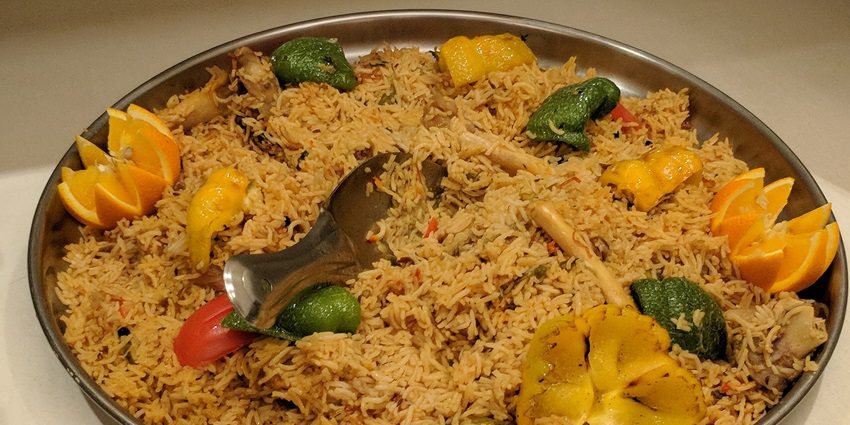
Photo: Vengolis / Wikimedia Commons / Image For Representation Only
Kabsa is the most famous food in Saudi Arabia. It originated from the Arabian Peninsula and has been a staple in Saudi cuisine for centuries. Traditionally, it was cooked in large pots over an open fire, making it a popular dish for family gatherings and celebrations. The modern version is made with chicken, lamb, or shrimp, cooked with fragrant spices. Some variations include dried fruits and nuts for extra flavour. This dish is rich in proteins and carbohydrates, making it a wholesome meal. A fun fact is that Kabsa is often considered the national dish.
Best Places To Try: Riyadh, Jeddah, Dammam, Medina
Regional Variations: Chicken Kabsa, Lamb Kabsa, Seafood Kabsa
2. Mandi

Photo: Adbh266 / Wikimedia Commons / Image For Representation Only
Mandi is a traditional Yemeni dish that has become one of the best foods due to its rich taste and special cooking methods. It is prepared by slow-cooking meat in an underground clay oven, which gives it a unique smoky flavour. Originally, Mandi was cooked using only firewood and a closed pit to keep the meat tender. Modern versions have introduced ovens and pressure cookers for faster preparation. A fun fact is that the name “Mandi” comes from an Arabic word meaning “dew,” referring to the soft and moist texture of the meat.
Best Places To Try: Riyadh, Mecca, Jeddah, Taif
Regional Variations: Chicken Mandi, Lamb Mandi, Fish Mandi
3. Harees

Photo: Haisameldawi / Wikimedia Commons / Image For Representation Only
Harees is a dish that dates back to ancient times and is the top food here. It is made from wheat and meat and is slow – cooked until it becomes smooth and consistent. In the past, this dish was prepared during Ramadan because it provides energy for long fasting hours. Traditionally, it was cooked in clay pots over a low flame, but modern kitchens use pressure cookers to save time. Harees are a good source of fibre and protein. In some regions, people add butter or ghee to give it a richer taste.
Best Places To Try: Riyadh, Jeddah, Al Khobar, Medina
Regional Variations: Chicken Harees, Lamb Harees, Vegetarian Harees
4. Saleeq
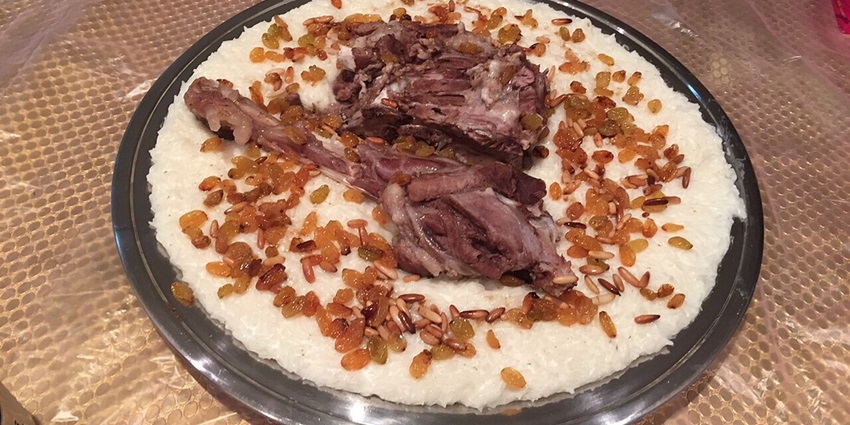
Photo: Sayom / Wikimedia Commons / Image For Representation Only
Saleeq is the best food in Saudi Arabia, and it is loved for its creamy texture and mild flavours. This dish has its roots in the Hejaz region, where people originally cooked it over wood fires to enhance the taste. It is made with rice, milk and meat, creating a unique blend of creaminess and richness. Traditionally, Saleeq was cooked slowly to allow the flavours to mix well, while modern versions use faster cooking methods. The dish is packed with calcium and protein due to the use of milk, making it a healthy and filling option.
Best Places To Try: Jeddah, Mecca, Medina, Riyadh
Regional Variations: Chicken Saleeq, Lamb Saleeq
5. Jareesh
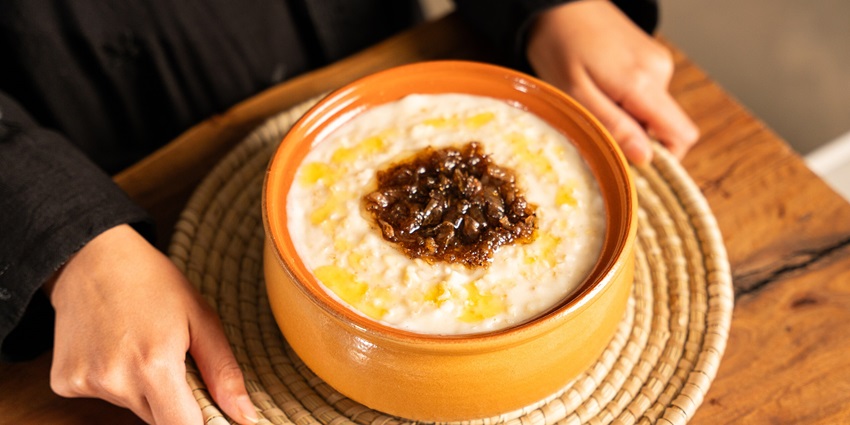
Photo: Tmogarry / Wikimedia Commons / Image For Representation Only
Jareesh is a classic Saudi dish with a history dating back centuries. It is made by cooking crushed wheat with meat, onions, and mild spices until it becomes a thick porridge-like dish. Traditionally, it was prepared in large clay pots and served during gatherings. The modern version is often made with chicken or lamb and sometimes includes tomatoes. Jareesh is high in fibre and a great energy source, making it a healthy choice. In the Najd region, Jareesh is often enjoyed with fermented butter for a richer taste.
Best Places To Try: Riyadh, Buraidah, Al Kharj, Dammam
Regional Variations: Chicken Jareesh, Lamb Jareesh, Spicy Jareesh
6. Mutabbaq
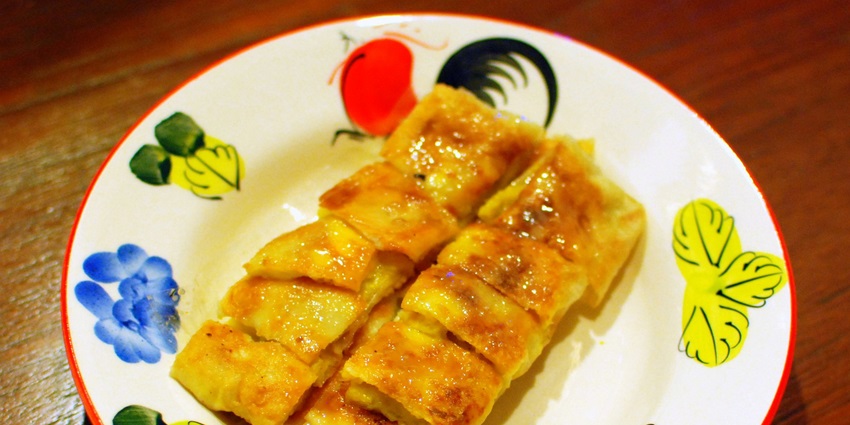
Photo: Takeaway / Wikimedia Commons / Image For Representation Only
Mutabbaq is a stuffed pancake that has become one of the best food in Saudi Arabia. Its origins can be traced back to Yemen, but it quickly became popular in Saudi Arabia as a street food. The traditional version is filled with minced meat, eggs, and vegetables, then folded and fried until crispy. Today, modern variations include cheese, chicken, or even sweet fillings. Mutabbaq is a good source of protein and carbohydrates, making it a satisfying meal. A fun fact is that the name “Mutabbaq” means “folded” in Arabic, referring to how the pancake is prepared before frying.
Best Places To Try: Jeddah, Mecca, Riyadh, Dammam
Regional Variations: Meat Mutabbaq, Vegetable Mutabbaq, Cheese Mutabbaq
7. Falafel
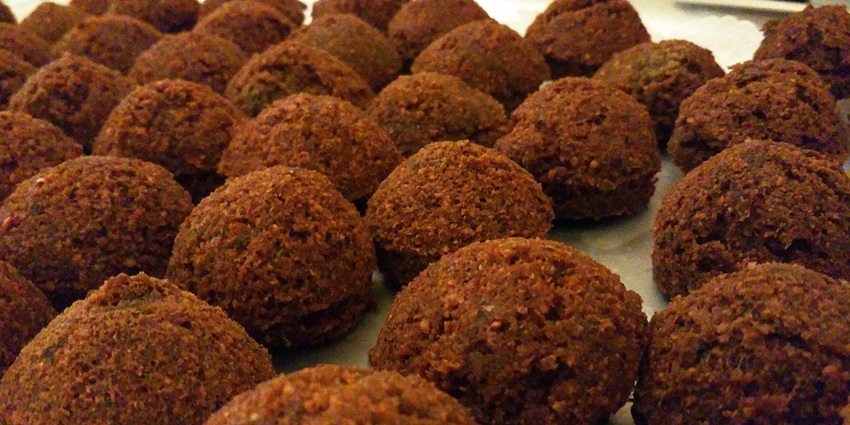
Photo: Popo le Chien / Wikimedia Commons / Image For Representation Only
Falafel is a well-loved street food that has made its way into the list of top food here. Ground chickpeas or fava beans combined with herbs and spices make these crunchy, deep-fried balls. The origins of Falafel are debated, but it has been a common food in Middle Eastern countries for centuries. Traditionally, falafel was deep-fried in large copper pots, while modern variations use air-fryers for a healthier alternative. Falafel is high in protein and fibre, making it a great vegetarian option.
Best Places To Try: Jeddah, Riyadh, Medina, Mecca
Regional Variations: Plain Falafel, Spicy Falafel, Stuffed Falafel
8. Fattoush

Photo: Aziz1005 / Wikimedia Commons / Image For Representation Only
Fattoush is a refreshing salad that has become a famous food. It originated from the Levant region, where farmers used leftover pita bread to create a crunchy salad. The traditional version includes mixed greens, cucumbers, tomatoes, and crispy fried pita bread, while modern variations may add pomegranate seeds or feta cheese. Fattoush is rich in vitamins and antioxidants, making it a healthy dish.
Best Places To Try: Riyadh, Jeddah, Mecca, Dammam
Regional Variations: Classic Fattoush, Spicy Fattoush, Pomegranate Fattoush
9. Luqaimat
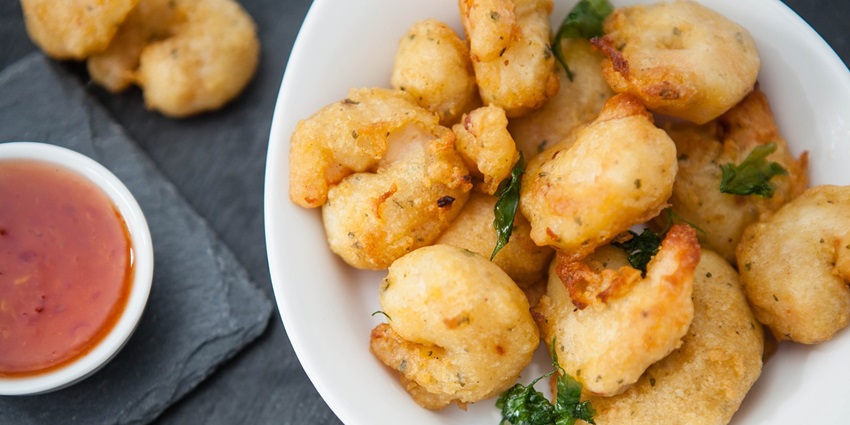
Photo: erikatanith / Pixabay / Image For Representation Only
Luqaimat is a traditional dessert with small, deep-fried dumplings that have been a part of Arabic cuisine for centuries. The original recipe includes flour, sugar, and yeast, deep-fried until golden brown and then coated in date syrup or honey. Modern variations include toppings like sesame seeds or chocolate sauce. Despite being a dessert, Luqaimat is surprisingly light and fluffy inside. A fun fact is that Luqaimat is often served during Ramadan and is a favourite sweet treat at family gatherings.
Best Places To Try: Riyadh, Jeddah, Mecca, Medina
Regional Variations: Honey Luqaimat, Date Syrup Luqaimat, Sesame Luqaimat
10. Haneeth
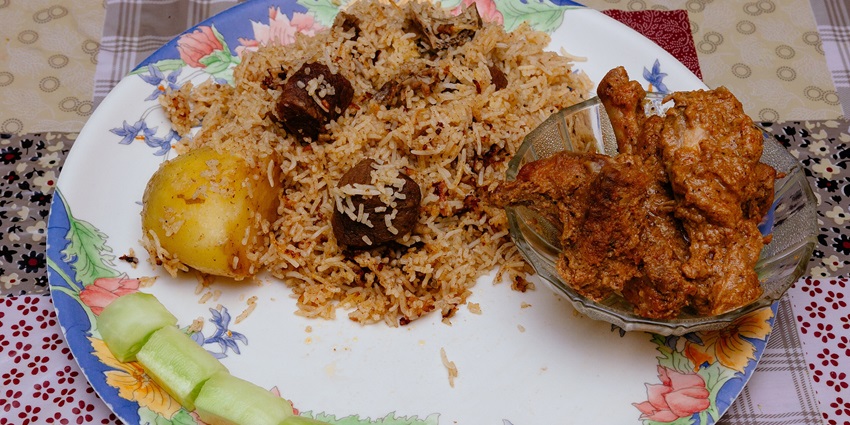
Photo: Subhrajyoti07 / Wikimedia Commons / Image For Representation Only
Haneeth is a top food in Saudi Arabia, known for its slow-cooked, tender meat. This dish originated from the southern regions of the Arabian Peninsula, where it was traditionally prepared in underground ovens. The meat, usually lamb or goat, is marinated with simple spices and cooked until it falls off the bone. Modern versions use ovens or pressure cookers for faster preparation. Haneeth is a rich source of protein and healthy fats, making it a nutritious meal. It is often served on special occasions like weddings and feasts due to its rich and festive taste.
Best Places To Try: Abha, Jeddah, Riyadh, Najran
Regional Variations: Lamb Haneeth, Goat Haneeth
Saudi Arabian cuisine is diverse and full of rich flavours. From slow-cooked meats to crispy street food, the country offers a variety of delicious dishes. Food in Saudi Arabia is more than just a meal; it is a part of the country’s culture and traditions. If you want to explore the top food here, plan your visit with TripXL and enjoy the best culinary experiences.
Cover Photo: Miansari66 / Wikimedia Commons / Image For Representation Only


 WhatsApp
WhatsApp
 Twitter
Twitter
